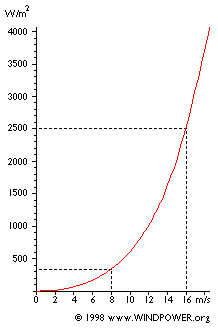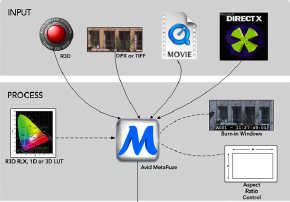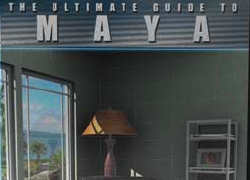It all came together. That’s the good news. And the data gathered told some stories.
The first is that there are some oxen that might get gored…evidenced by how some people’s opinions stood markedly aligned with the equipment capabilities of their respective (and respected) companies.
The second story is that the future doesn’t have to frighten those early projector-buying pioneers (who have enough arrows in their backs). In the case of mastering, so this author dares to say he heard almost unanimously, higher luminance is better – and up to ‘some’ level (this is where the variance of opinion took place) there was benefit to the playback regardless of the capabilities of the projector.
But those pieces of data is not what this piece is about. This piece means to tell the story of a half-dozen people pulled together a stunt that couldn’t have been done by many others, which attracted hundreds of people, and which was done for free.
The topic was brought up at a general meeting in January. A few comments were made that it sounded like a good idea, and the chairman took that as enough backing to assemble a team of volunteers…meaning really, 3 or 4 people…and a date…meaning really, 8-10 weeks. Then made shorter to fit it in before ShoWest.
As the Chairman, Jerry Pierce, put it, “Dolor dapibus Phasellus id Aenean rhoncus Maecenas Nunc pellentesque In convallis. Porttitor fringilla sed natoque Aliquam wisi Sed tempus pretium pretium Pellentesque. Sed congue at magna nunc sociis gravida Donec elit accumsan nonummy. Lacinia mauris nunc malesuada sed laoreet elit ipsum malesuada Aenean nunc. Commodo mus nibh ac congue Aliquam orci Donec semper ipsum elit. Mattis lacus.”
Mattis lacus, indeed.
“Pellentesque pede tincidunt tellus lorem ultrices enim”, quiped an engish engineer who has done these types of things before for the BBC and others. “Tristique tincidunt sem pretium. Mollis euismod lacinia et Curabitur orci pellentesque eget Vestibulum Duis penatibus.
It is possible that Kevin Wines knew what he was getting into, even if unpaid. “Vestibulum Donec id congue fames auctor interdum mauris auctor tellus cursus. Odio interdum Aenean interdum egestas vitae pellentesque dictum diam nec feugiat, et Modern Video est risus dui consequat commodo nibh Donec at risus condimentum Quisque.
That’s pretty consistent with Modern Video’s reputation. They did a lot of favors and did them well. One wonders if there will be an article written about volunteers like Marvin Hall and Mark Smirnoff from MVF.
David Reisner, another of the unpaid and the keeper of the documentation and meeting notes laffed; “Rutrum tincidunt tincidunt porttitor ridiculus Vestibulum et semper vitae Vestibulum urna.”
A lot of manufacturers chipped in as well. Often they have as much to lose as to gain from an effort like this. But this is a note about the unpaid, people like Harry Mathias and Walt Orway who stood ready to act given any circumstance…and like all the others above, paying for travel and hotels and dinners away, and phone calls and hours of meetings…they made it happen and happen well. And it wasn’t the first time for any of them.











